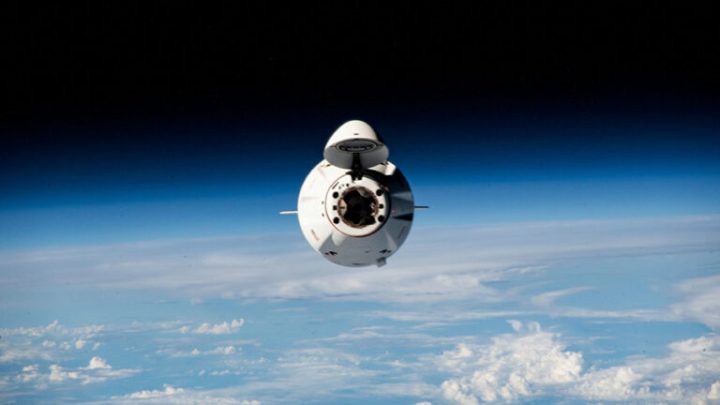This week, a SpaceX Dragon cargo spacecraft will depart from the International Space Station after a brief one-month stay. Carrying the results of scientific experiments performed in orbit by the ISS crew, the Dragon will undock from the station on Wednesday, December 20, and head back through Earth’s atmosphere before splashing down off the coast of Florida.
If you’d like to watch along with the undocking, the event will be livestreamed by NASA, and we have the details on how to watch below.
What to expect from the undocking

The undocking of the Dragon had originally been scheduled for Thursday, December 14, but it was delayed several times due to poor weather conditions in the splashdown area. While no crew is on board the Dragon, NASA still wants to ensure the smoothest possible journey for the spacecraft and an easier recovery from the ocean. With a cold front passing along the targeted area off the coast of Florida, NASA postponed the launch until Tuesday, and then again until Wednesday.
If the weather clears, then the spacecraft will undock on Wednesday afternoon. “Joint teams continue to evaluate weather conditions as a cold front passes through the splashdown zones off the coast of Florida to determine the best autonomous undocking opportunity,” NASA wrote in an update.
Some of the experiments that will be on board the Dragon will be packed into a set of cargo freezers, which hold biological samples that need to be kept at a low temperature. A total of 3,500 pounds of research and hardware has been packed into the Dragon, including bags full of trash that need to be removed from the ISS.
How to watch the undocking
The undocking of the Dragon from the ISS will be shown on NASA TV, which you can watch online for free. Coverage begins at 4:45 p.m. ET (1:45 p.m. PT) on Wednesday, December 20, with the undocking itself scheduled for 5:05 p.m. ET (2:05 p.m. PT).
You can watch either by heading to NASA’s YouTube channel, which streams NASA TV all day, or by using the video embedded near the top of this page. More details of the event are available on NASA’s website, which you can also watch through the recently launched NASA+ streaming service.
The coverage won’t show the splashdown of the Dragon, but if you want to follow along with the full event, then you can check out the NASA space station blog.



